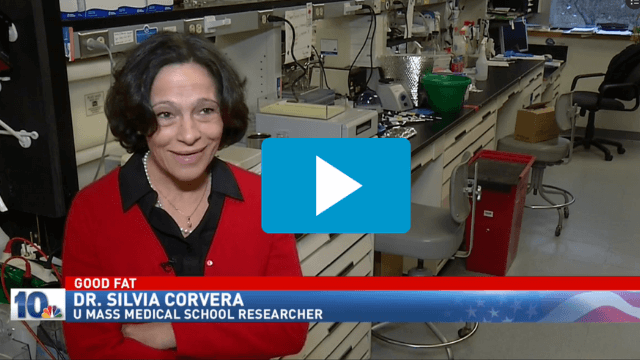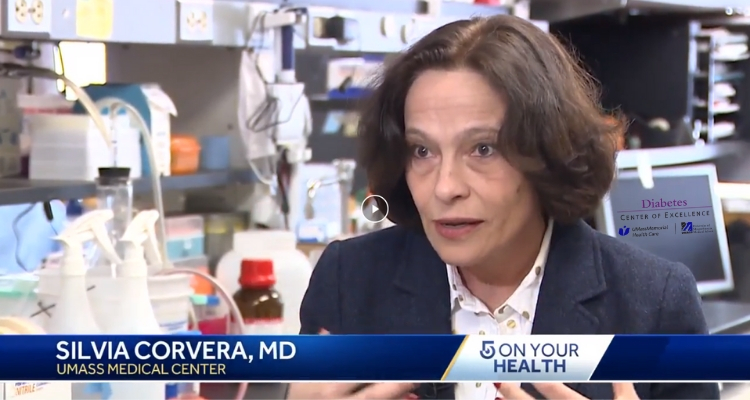Investigating Potential Therapies for Type 2 Diabetes, Metabolism and Cardiovascular Conditions
Adipose tissue is present in many places in the body, and used to be thought of as a filler, or support structure for organs and tissues. Now we know that adipose tissue plays many different interesting and important roles. Adipose tissue is a major controller of whole-body metabolism, and its dysfunction causes metabolic diseases such as type 2 diabetes, fatty liver and cardiovascular disease. A different type of adipose tissue (called beige, brown or thermogenic) also controls internal temperature of critical organs. Adipose tissue also regulates inflammation, and is a major niche for multipotent progenitor cells, which are involved in tissue repair. Our laboratory has developed approaches to study human adipose tissue, with the goal of understanding its composition and molecular mechanisms underlying its different functions. Our vision is that a better understanding of these mechanisms will help develop new, effective therapies for metabolic and other diseases.
Determining where and how fat cells originate
Many of our studies leverage our finding of culture conditions that allow mesenchymal progenitor cells from human adipose tissue to proliferate in vitro with little loss of multipotency (Min et al., Nature Medicine 2016). We have used these cells to discover distinct adipocyte subtypes that can mediate the many functions of different adipose depots (Min et al PNAS), under different physiological conditions, including pregnancy (Rojas-Rodriguez et al., Science Translational Medicine).
Adipocytes as cellular therapies
We’ve also been able to directly study the effects of adipocytes made from human progenitor cells in mice models, finding that “beige” adipocytes can powerfully regulate glucose metabolism. Based on these findings, we are developing methods to enhance the “beige” phenotype, and to use adipocytes as a cellular therapeutic to ameliorate diabetes and its complications, such as impaired wound healing.
Nature Medicine volume 22, pages 234–236 (2016)
New Clinical Trial to Study the Relationship Between Fat, Diabetes and Obesity
Re-engineering “Bad Fat” into “Good Fat” as a Therapeutic Approach to Type 2 Diabetes



